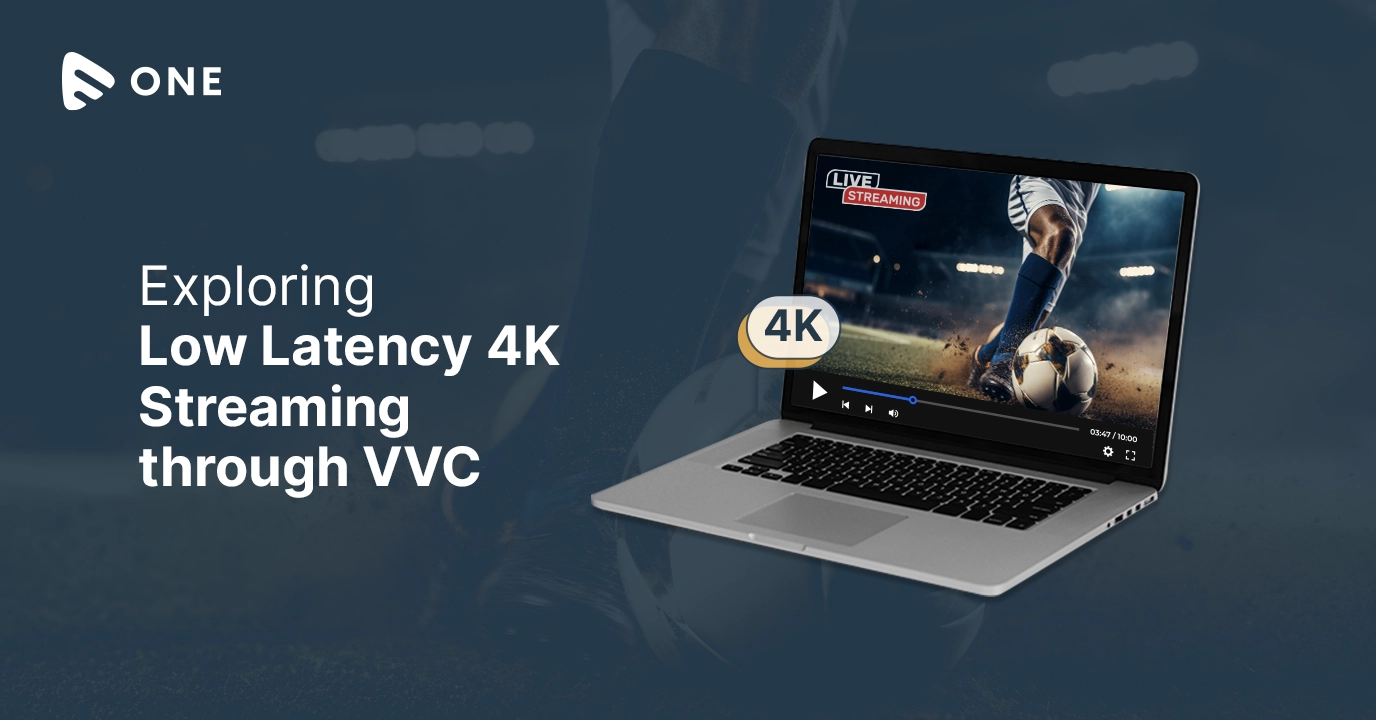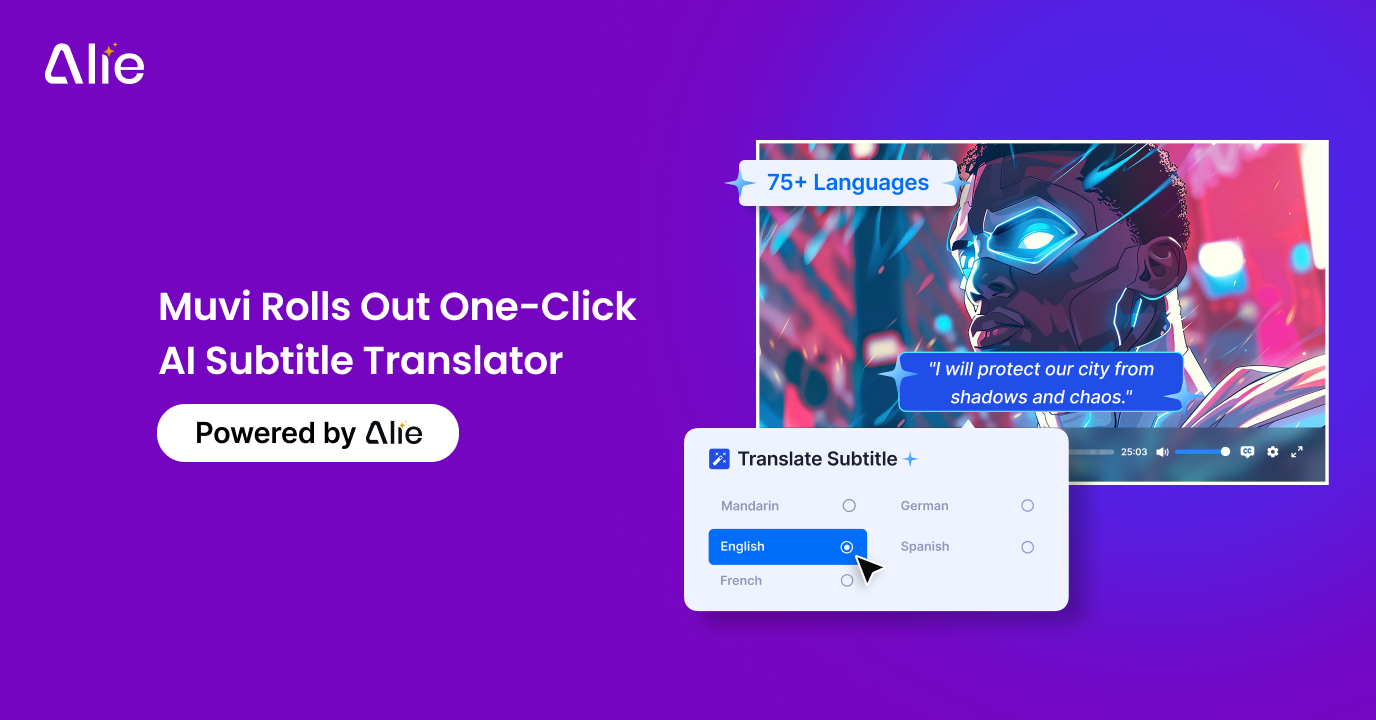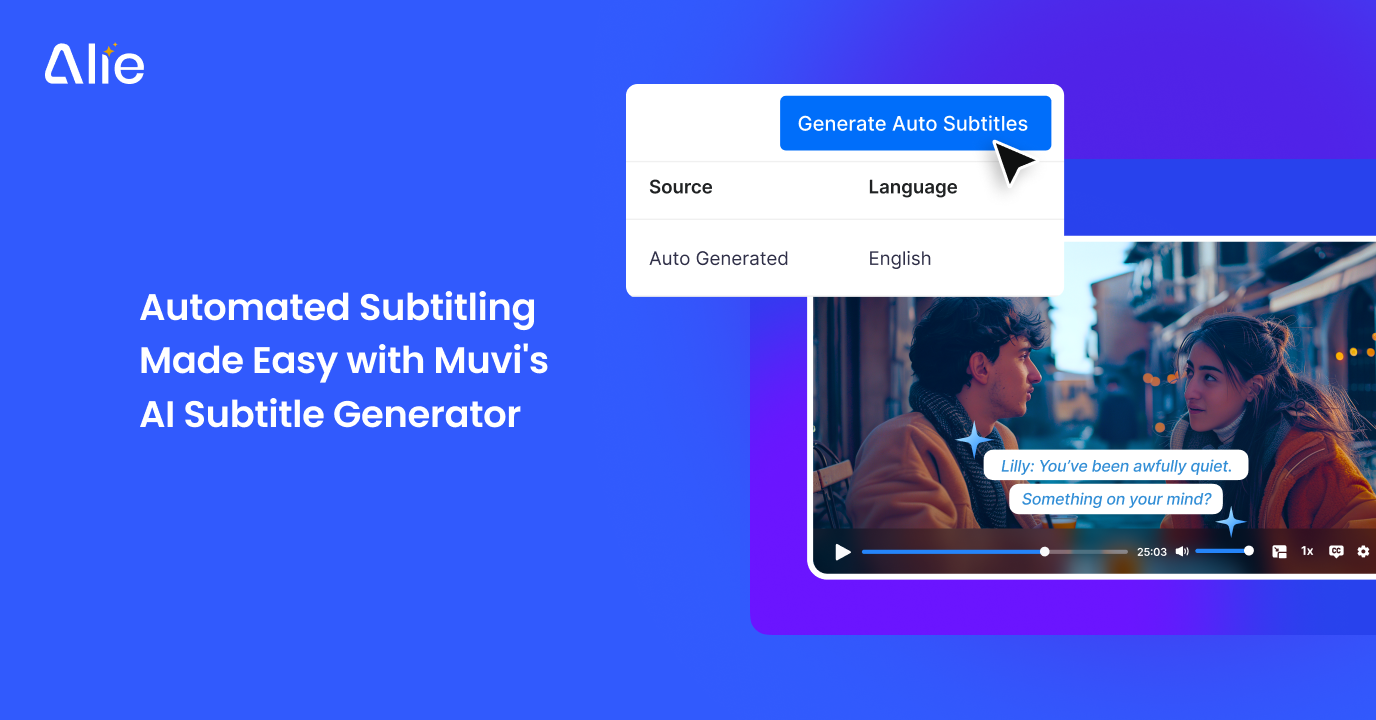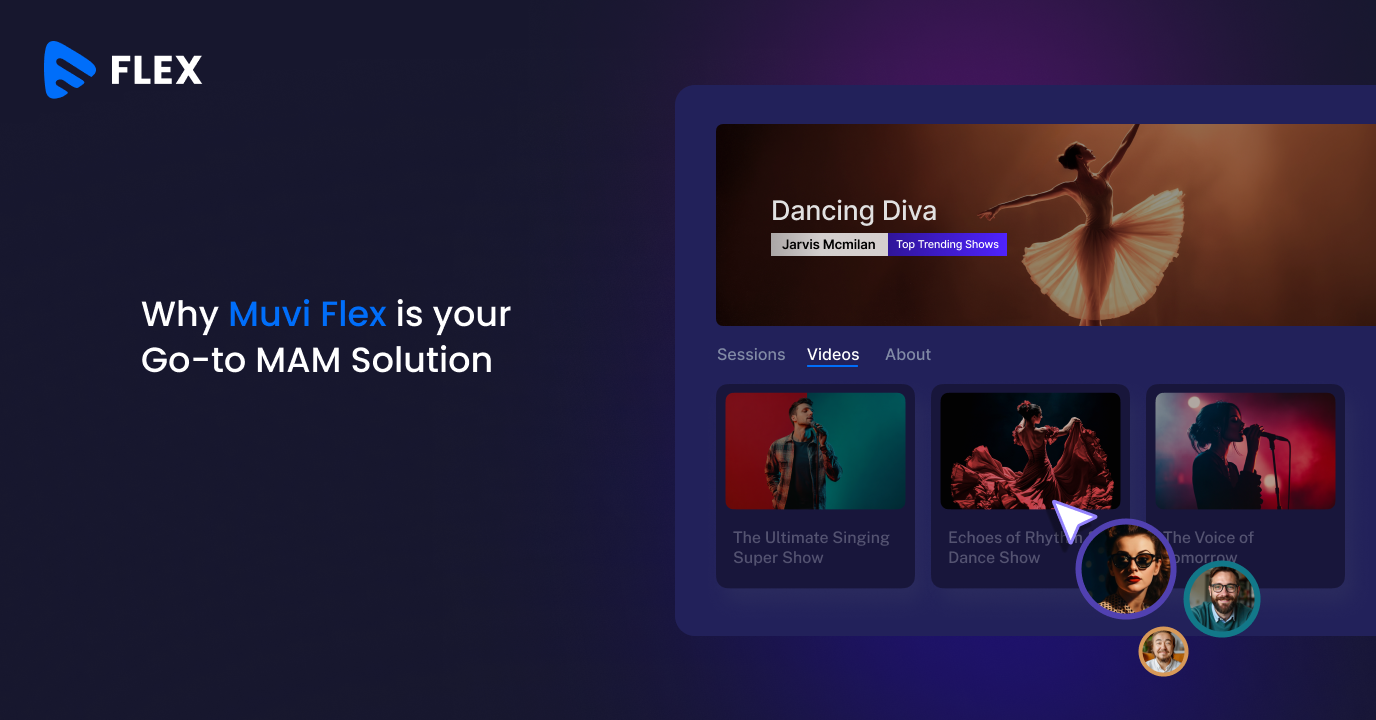Accelerated demand for superior quality streaming over the internet has resulted in exponential growth in high-resolution television/4K streaming, and Versatile Video Coding (VVC), also known as H.266, is the latest video coding technology that is designed to aid further in the process. VVC is witnessing a steady adoption rate by international standards bodies such as DVB (Digital Video Broadcasting). Most promisingly, its efficient bitrates can deliver significant cost savings and reduce energy consumption for streaming, making it an even more attractive proposition for content broadcasters for 4K low latency streaming.
What is VVC?
VVC or Versatile Video Coding is a new and evolving video compression standard, also known as H.266. Developed by the Joint Video Experts Team (JVET) at the International Telecommunication Union (UN specialized agency for information and communication technologies – ICTs) in 2020, VVC is predicted to be the future of video streaming, particularly video conferencing, OTT streaming, and mobile telephony. It’s a hybrid codec that is particularly complex and most standard streaming hardware is not yet equipped to use this codec. However, the VVC boasts of extremely good performance – its target compression performance is a 30% to 50% bitrate reduction as compared to the HEVC Main Profile with the same perceptual quality and an encoding complexity of approximately 10 times or more than HEVC.
What is VVC Used For?
VVC is an emerging standard but it has tremendous potential to revolutionize the OTT industry with its high compression performance compared to existing codecs like H.264 and H.265. The codec was named Versatile Video Coding because it is “meant to be very versatile and addresses all of the video needs from low resolution and low bit rates to high resolution and high bitrates, HDR, 360 omnidirectional, and so on.”
- Apart from video encoding, VVC has a lot of other use cases including video conferencing, OTT streaming
- Video conferencing and OTT streaming have reached larger adoption with people working remotely and consuming content on streaming platforms
- VVC is 27% more efficient than HEVC with UHD content and 33% more efficient with HD video content which makes streaming 4K resolution videos easy with VVC
- VVC can also be used for 360 streaming or immersive video streaming, which provides a more lifelike viewing experience. This type of streaming is gaining a lot of momentum in the industry, especially with the advancement in VR and AR technologies.
4K Streaming and Current State of Challenges
Several challenges exist in the realm of 4K streaming. These challenges span various aspects, including technological, infrastructure, and content-related issues. Please note that the situation may have evolved, and advancements might have occurred since then. Here are some of the challenges associated with 4K streaming:
- Bandwidth Requirements: Streaming 4K content requires significantly higher bandwidth compared to lower resolutions. Users with slower internet connections may experience buffering or downgraded video quality.
- Internet Infrastructure: The availability and quality of internet infrastructure can be a limiting factor, particularly in regions where high-speed broadband is not widespread.
- Compression Efficiency: Efficient video compression is crucial for streaming high-resolution content. Advanced codecs like H.265 (HEVC) and VP9 are more efficient in compressing 4K video, but not all devices and platforms support these codecs.
- Device Compatibility: Older devices and some smart TVs may not support 4K streaming or the latest video codecs, limiting the accessibility of 4K content for certain users.
- Content Production and Availability: Creating high-quality 4K content requires advanced production equipment and resources. While the availability of 4K content has been increasing, not all streaming platforms offer a vast library of 4K titles.
- Cost of 4K Content Production: The production costs associated with creating 4K content, including cameras, editing equipment, and storage, can be higher compared to lower resolutions.
- HDR (High Dynamic Range) and Wide Color Gamut: Implementing HDR and wide color gamut in 4K content can add complexity. Ensuring compatibility across devices and delivering a consistent viewing experience poses challenges.
Now let’s consider a couple of codecs that might be considered less suitable for 4K video encoding:
- H.264 (AVC): While H.264 is a widely used and supported codec, it is an older standard that was primarily designed for HD video. It may result in larger file sizes when used for 4K video, and the compression efficiency may not be as high as more modern codecs.
- VP8: VP8 is an open-source video compression format developed by Google. While it is capable of handling HD video well, its compression efficiency may be less than that of more modern codecs like VP9.
However, it’s essential to note that the landscape of video codecs is dynamic, and advancements are continually being made. Newer codecs, such as VVC are specifically designed to offer better compression efficiency for high-resolution content like 4K video. It’s recommended to use these newer codecs for 4K video encoding to achieve better quality at lower bitrates.

Why VVC is Ideal for 4K Streaming: Snapshot
The Versatile Video Coding (VVC) codec is a standard developed by the Joint Video Experts Team (JVET), which is a collaboration between the Video Coding Experts Group (VCEG) and the Moving Picture Experts Group (MPEG). VVC has been designed to provide improved compression efficiency compared to its predecessors, such as High-Efficiency Video Coding (HEVC) or H.265.
The main advantages of VVC include better compression efficiency, which allows for higher-quality video at lower bitrates. This increased efficiency is crucial for streaming high-resolution content like 4K video. Here’s how 4K streaming is possible with the VVC codec:
- Improved Compression Efficiency: VVC employs advanced coding techniques, including more sophisticated prediction methods, enhanced entropy coding, and other tools to represent video data more efficiently. This results in smaller file sizes for the same quality level compared to previous codecs.
- Higher Bitrate Adaptability: Improved compression efficiency of VVC allows for video streaming services to provide higher quality at lower bitrates. This is particularly important for 4K live streaming, where the amount of data required to maintain high visual quality is substantial. VVC enables the streaming of 4K content with reasonable bitrates, making it feasible for various internet connections.
- Advanced Coding Tools: VVC introduces new coding tools and techniques, such as intra-prediction, inter-prediction, and transform coding, that contribute to its improved performance. These tools help in reducing redundancy in the video signal, allowing for more effective compression.
- Parallel Processing and Hardware Acceleration: VVC is designed to take advantage of parallel processing and hardware acceleration, which can improve the decoding speed and efficiency. This is crucial for real-time applications, such as video streaming, where low latency live streaming is essential.
- Adaptive Streaming: Adaptive streaming technologies, like Dynamic Adaptive Streaming over HTTP (DASH) or HTTP Live Streaming (HLS), work in conjunction with VVC to adjust the quality of the video stream in real-time based on the viewer’s network conditions. This ensures a smooth streaming experience, even when the internet connection is not consistently high.
Wide Adoption of VVC
The adoption of a new video coding standard can take time, as it requires support from various industry stakeholders, including hardware manufacturers, software developers, content producers, and streaming services. Here are some factors influencing the adoption of VVC.
However considering the fact that VVC is a relatively new codec that just launched in 2020, in terms of standardization, DVB has incorporated VVC in its latest Audio & Video Coding Blue Book, a technical specification document published by DVB that defines the audio and video coding standards used in digital television broadcasting, defining profiles for VVC-capable IRDs (Integrated Receiver Decoders) targeted at UHD HDR. In addition, DASH conformance points are also defined for streaming delivery.
Also, the Brazilian TV 3.0 standard defines VVC as the main video codec, which is primarily targeted at 8K resolutions. And then, in the United States, there is the Advanced Television Systems Committee (ATSC). Inclusion in the ATSC standard means that at some point, after the ATSC 3.0 standard becomes mandatory, TVs sold in the U.S. and Canada will be increasingly likely to support VVC, again accelerating its deployment.
Other standards simplify implementing VVC for potential publishers and ecosystem providers. For example, the CTA WAVE Content Specification is used to develop compatibility tests for encoding and player developers and computer, mobile, and living room device manufacturers. This ensures that when an encoder produces a VVC stream, it will play smoothly on all available players, simplifying the deployment for the content publisher.
To Conclude
Both software and hardware VVC encoders are currently in advanced development and should begin to be widely adopted by the market in the next 18 to 24 months. By adopting VVC, streaming and linear service providers may increase their revenue streams and give their users improved video experiences.
Over time, VVC is expected to change the streaming media industry, transforming how video is transmitted, stored, and consumed. The immediate benefit for the industry and media consumers would be far superior video quality. The technology offers significantly enhanced video quality at lower bitrates, with almost 40% bit rate reduction compared to HEVC, enabling live streaming platform to deliver high-resolution content with enriched clarity and detail.
There is no doubt that VVC has some exciting potential and is already showing interesting results. A few years down the line there would be a lot of opportunities to further increase the coding performance and lower the encoding complexity, as well as perfect some of the new tools that are already adopted into the new standard.
















Add your comment